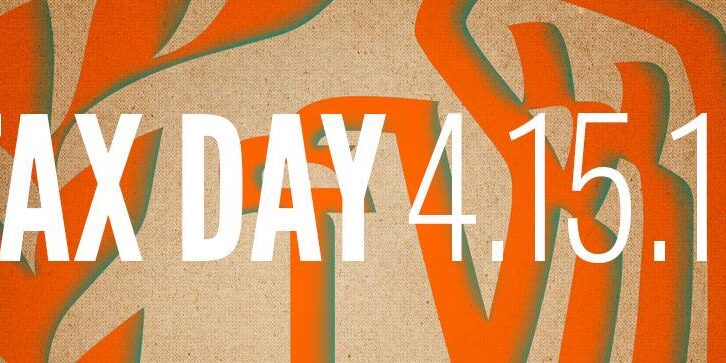 Tax filings are due in April. If you’re not prepared, there is still plenty of time, not only to get organized, but also to learn about some IRS resources that will help you file your taxes on your own or find answers to tax questions.
Tax filings are due in April. If you’re not prepared, there is still plenty of time, not only to get organized, but also to learn about some IRS resources that will help you file your taxes on your own or find answers to tax questions.
Filing Assistance
This resources takes citizens through a series of questions that will guide them to the answers they need.
The IRS Volunteer Income Tax Assistance (VITA) offers free help to citizens who qualify by age or income.
The IRS offers free filing for individuals who will be filing their taxes on their own, online. The forms can be filled out and filed online.
Tax Preparation Checklist
The following checklist is found on www.turbotax.com and provides a thorough overview of everything you need to prepare for tax filing.
The IRS needs to know exactly who’s filing and who is covered in your tax return. To do this, you will need Social Security numbers and dates of birth for you, your spouse, and your dependents:
- Income from jobs: forms W-2 for you and your spouse
- Investment income – various forms 1099 (-INT, -DIV, -B, etc.), K-1s, stock option information
- Income from state and local income tax refunds and/or unemployment: forms 1099-G
- Alimony received
- Business or farming income – profit/loss statement, capital equipment information
- If you use your home for business – home size, office size, home expenses, office expenses.
- IRA/pension distributions – forms 1099-R, 8606
- Rental property income/expense – profit/Loss statement, rental property suspended loss information
- Social Security benefits – forms SSA-1099
- Income from sales of property – original cost and cost of improvements, escrow closing statement, cancelled debt information (form 1099-C)
- Prior year installment sale information – forms 6252, principal and Interest collected during the year, SSN and address of payer
- Other miscellaneous income – jury duty, gambling winnings, Medical Savings Account (MSA), scholarships, etc.
The following can help reduce the amount of your income that is taxed, which can increase your tax refund or lower the amount you owe.
- IRA contributions
- Energy credits
- Student loan interest
- Medical Savings Account (MSA) contributions
- Moving expenses
- Self-employed health insurance payments
- Keogh, SEP, SIMPLE and other self-employed pension plans
- Alimony paid
- Educator expenses
The government offers a number of deductions and credits to help lower the tax burden on individuals, which means more money in your pocket. You’ll need the following documentation to make sure you get all the deductions and credits you deserve.
- Advance Child Tax Credit payment
- Child care costs – provider’s name, address, tax id, and amount paid
- Education costs – forms 1098-T, education expenses
- Adoption costs – SSN of child, legal, medical, and transportation costs
- Home mortgage interest and points you paid – Forms 1098
- Investment interest expense
- Charitable donations – cash amounts and value of donated property, miles driven, and out-of-pocket expenses
- Casualty and theft losses – amount of damage, insurance reimbursements
- Other miscellaneous tax deductions – union dues, unreimbursed employee expenses (uniforms, supplies, seminars, continuing education, publications, travel, etc.)
- Medical and dental expenses
Properly documenting the taxes you’ve already paid can keep you from overpaying.
- State and local income taxes paid
- Real estate taxes paid
- Personal property taxes – vehicle license fee based on value
- Estimated tax payment made during the year, prior year refund applied to current year, and any amount paid with an extension to file.
- Direct deposit information – routing and account numbers
- Foreign bank account information – location, name of bank, account number, peak value of account during the year







